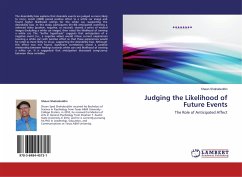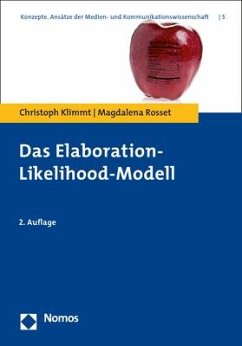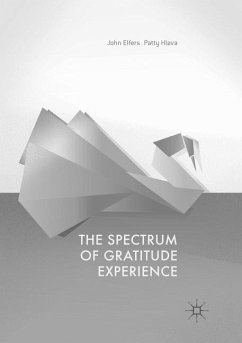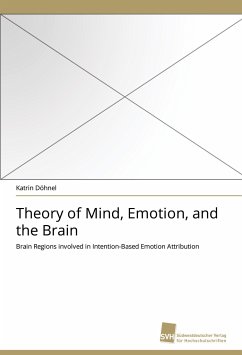
Judging the Likelihood of Future Events
The Role of Anticipated Affect
Versandkostenfrei!
Versandfertig in 6-10 Tagen
27,99 €
inkl. MwSt.

PAYBACK Punkte
14 °P sammeln!
The desirability bias explains that desirable events are judged as more likely to occur. Lench (2009) paired positive affect to a white car image and found higher likelihood ratings for the white car, supporting the desirability bias. In this study, participants (N=90) anticipated watching a valenced video (positive, negative, or neutral), viewed a series of neutral images (including a white car image), then rated the likelihood of owning a white car. The "buffer hypothesis" suggests that anticipation of a negative event (i.e., a negative video) would infuse current experiences (owning a white...
The desirability bias explains that desirable events are judged as more likely to occur. Lench (2009) paired positive affect to a white car image and found higher likelihood ratings for the white car, supporting the desirability bias. In this study, participants (N=90) anticipated watching a valenced video (positive, negative, or neutral), viewed a series of neutral images (including a white car image), then rated the likelihood of owning a white car. The "buffer hypothesis" suggests that anticipation of a negative event (i.e., a negative video) would infuse current experiences (owning a white car) with positive affect so that these experiences would be rated as more likely to occur, supporting the desirability bias. Although this effect was not found, significant correlations reveal a positive relationship between feelings towards white cars and likelihood of owning a white car. It is suggested that anticipation decreased congruency between these variables.












